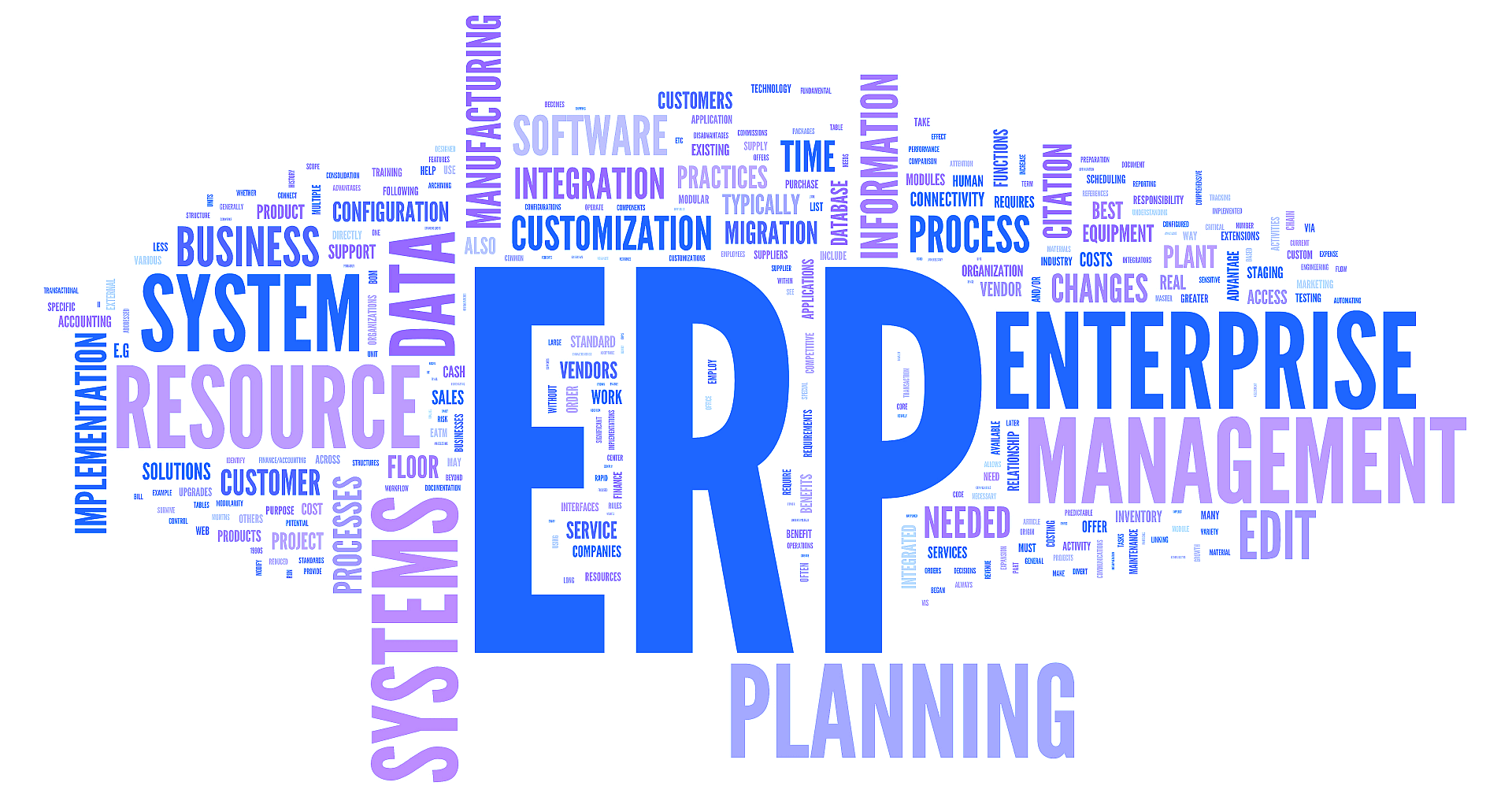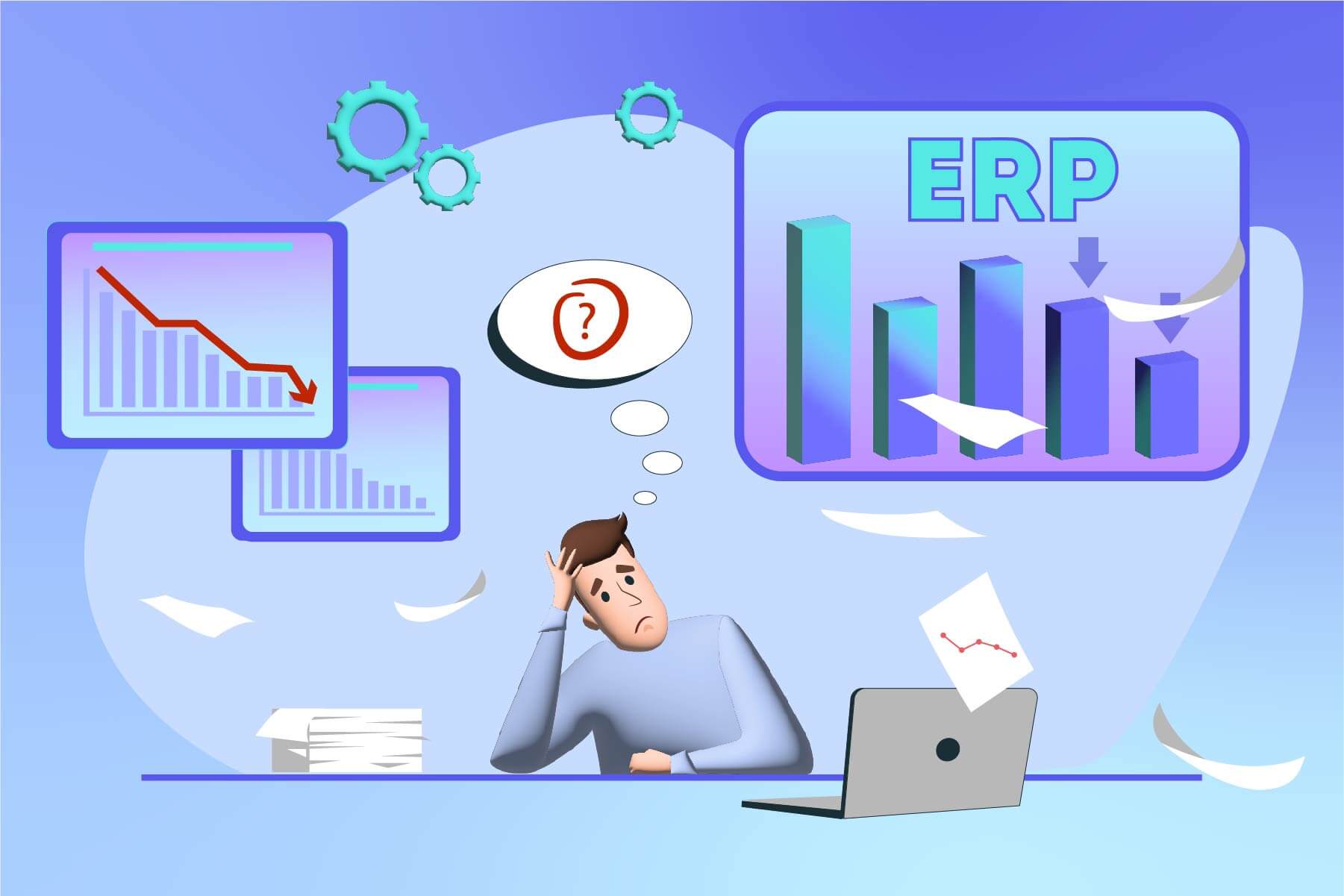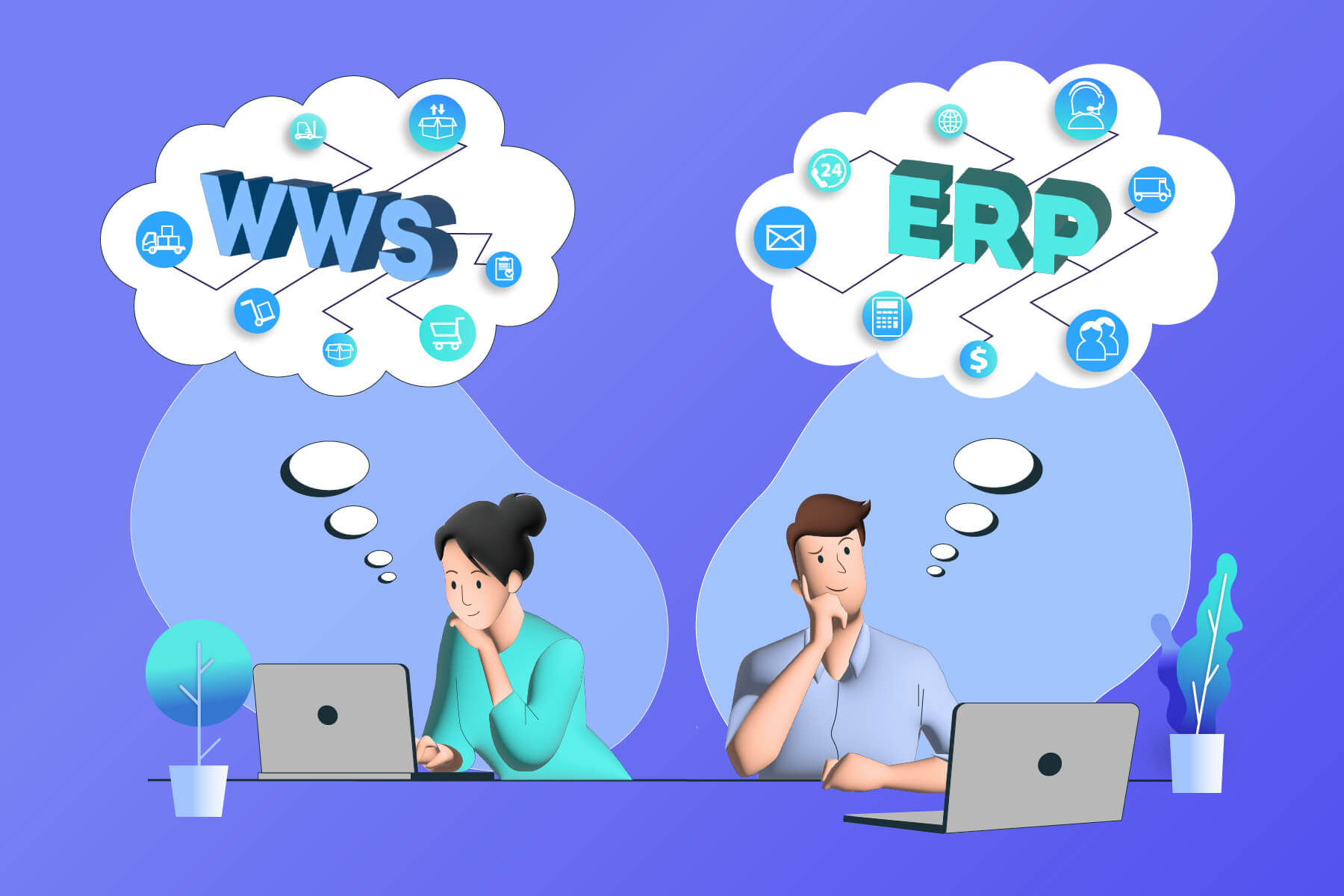You work with it. People talk about it. But we don’t know exactly how to explain ERP. So what is it anyway?
The name says it all
First of all, let’s clarify the name: ERP = Enterprise Resource Planning. Yep, German is great.
So an ERP system is software that enables a company to calculate all its resources. Ah yes. How informative. How can you imagine that?
Need an example?
To try and explain the mystery of “ERP”, let’s imagine a company that makes really cool jogging bottoms. Anyone who knows a bit about the subject will be familiar with the production process. Let’s start with purchasing.
1. the jogging trousers fabric, elastic and yarn are purchased. The quotation and the order confirmation are entered in the ERP system.
2. these products then arrive at our company at some point. All data on the delivery confirmation and the delivery bill are noted in the ERP system.
3. the goods are put into storage. This is also recorded in the ERP system.
4. then the jogging pants fabric, the elastic and the yarn are taken and go into production. It is entered into the ERP system.
5 The machines that sew everything together are precisely programmed. Thanks to the ERP system.
6. the really good jogging trousers are finished and are now packed ready for sale and stored. This is – correctly – stored in the ERP system.
This in turn processes all this information and passes on the sales price, average delivery time and material details to the online store. And then you can buy these really cool jogging bottoms and enjoy chilled weekends.
Was that all? Can’t an ERP system do more?

Does an ERP system only record data? Or is there more to it? What else can an enterprise resource planning system do? Well, basically everything you enable it to do. As long as you feed it with information, it calculates everything, creates a report for everything and creates beautiful lists. Whether in HR, marketing or sales – an ERP system always finds something to do. Because you can connect it to other systems, such as a WMS or time clock, it collects and processes all the data you want.
If we stick with the example of the really cool sweatpants, we can perhaps demonstrate the full scope of the Enterprise Resource Planning system’s capabilities.
An ERP system …
That’s quite a list, isn’t it? Well, an ERP system is a powerful weapon. It can help you win the battle for market supremacy.
How can you acquire this weapon? And maintain it so that it lasts a long time? Can it also be upgraded?
Well. Just click here and you can bombard us with questions about Enterprise Resource Planning systems.
If you would like a more visual approach, then take a look at our whiteboard video (https://www.youtube.com/watch?v=CSiD64YVLh0&t=42s):
You are currently viewing a placeholder content from YouTube. To access the actual content, click the button below. Please note that doing so will share data with third-party providers.
More Information





Leave A Comment